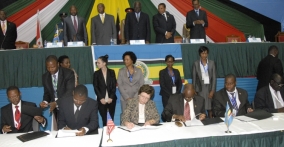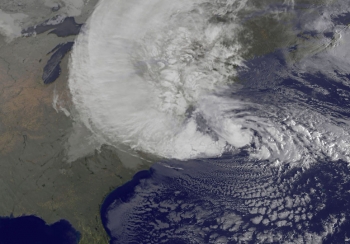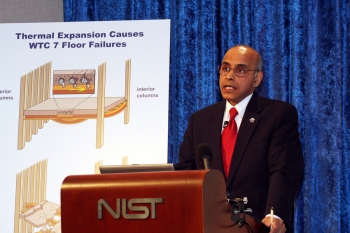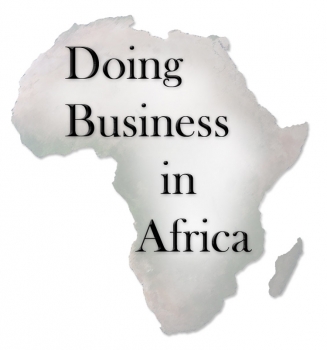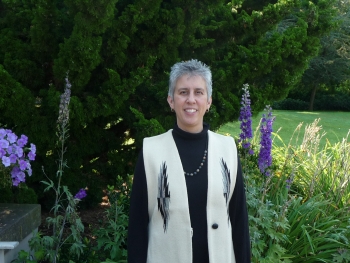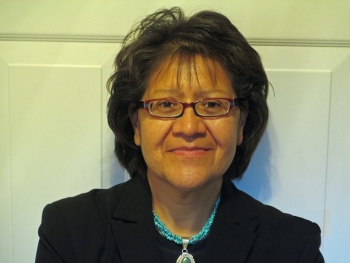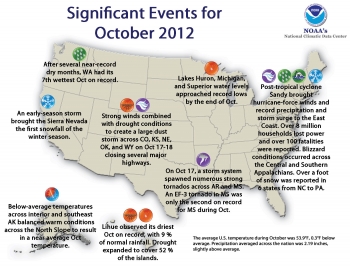Expanding Access to New Markets in Sub-Saharan Africa for American Businesses
Guest blog post by Acting Commerce Secretary Rebecca Blank
During the last week I’ve been in South and East Africa to advance key elements of President Obama’s “Strategy Toward Sub-Saharan Africa,” focusing on the promotion of economic growth, trade and investment in the continent.
On Wednesday in Johannesburg, we launched the “Doing Business in Africa” campaign at an event hosted by Business Unity South Africa and the Corporate Council on Africa. Among other things, I announced our commitments to train more of our business counselors and to organize Africa Global Business Summits in order to increase the visibility of opportunities in Africa for American entrepreneurs and business owners
Then, on Thursday and Friday, I traveled to Nairobi, Kenya, to meet with heads of state and senior trade ministers from the East African Community (EAC), a regional organization that includes Kenya, Tanzania, Uganda, Rwanda and Burundi. We signed an agreement to launch the Commercial Dialogue between the EAC and the U.S., the first of its kind in Africa. Our goal is to create an environment where American businesses can both invest in the region and sell their products and services to meet the increasing demand from the growing middle class in East Africa.
Overall, the mutual economic growth of the U.S. and Africa is dependent on strong and growing person-to-person relationships. That’s why I highlighted the fact that Under Secretary for International Trade Francisco Sánchez was simultaneously leading a delegation of 14 U.S. businesses on a trade mission to South Africa and Zambia. (Read more here about how this is already expanding markets for some American businesses). Also, I was pleased to hear that–next week–the U.S. Ambassador to Nigeria, Terrence McCulley, will lead a Nigerian business delegation to a number of U.S. cities to see some of our biggest trade shows.
The Obama administration will continue to build bridges with Sub-Saharan Africa as we look to the future. Clearly, people both here in the U.S. and in Sub-Saharan Africa will continue to work with each other, learn from each other, and build on each other’s growing prosperity.


